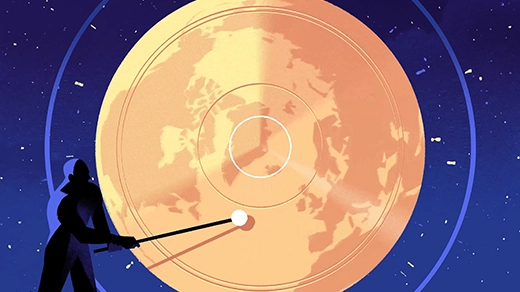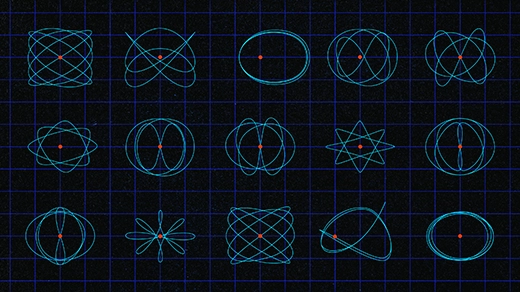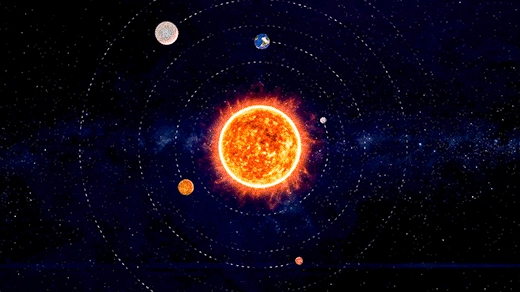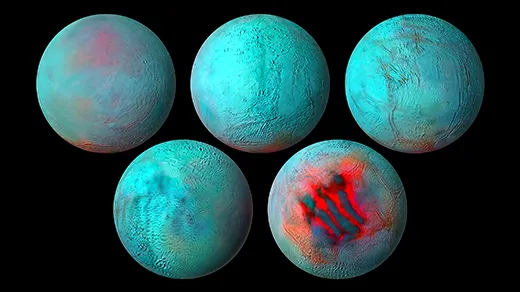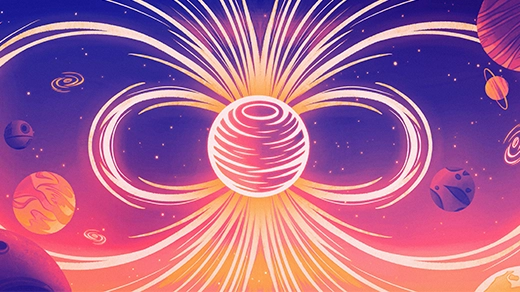What's up in
Planetary science
Latest Articles
The Search for What Shook the Earth for Nine Days Straight
Last year, an immense but brief outburst of seismic energy was soon followed by a long hum that made the world ring. Finding its cause took 68 scientists and an assist by the Danish military.
Geometers Engineer New Tools to Wrangle Spacecraft Orbits
Mathematicians think abstract tools from a field called symplectic geometry might help with planning missions to far-off moons and planets.
How the Ancient Art of Eclipse Prediction Became an Exact Science
The timing of the total eclipse on April 8, 2024, will be known to within a second, thousands of years after fearful humans first started trying to anticipate these cosmic events.
Doubts Grow About the Biosignature Approach to Alien-Hunting
Recent controversies bode ill for the effort to detect life on other planets by analyzing the gases in their atmospheres.
New Clues for What Will Happen When the Sun Eats the Earth
Recent observations of an aging, alien planetary system are helping to answer the question: What will happen to our planet when the sun dies?
Rogue Worlds Throw Planetary Ideas Out of Orbit
Scientists have recently discovered scores of free-floating worlds that defy classification. The new observations have forced them to rethink their theories of star and planet formation.
The Scientist Who Decodes the Songs of Undersea Volcanoes
In the rumbles and groans of underwater volcanoes, Jackie Caplan-Auerbach finds her favorite harmonies — and clues to the Earth’s interior.
These Moons Are Dark and Frozen. So How Can They Have Oceans?
The moons orbiting Jupiter and Saturn appear to have subsurface oceans — tantalizing targets in the search for life beyond Earth. But it’s not clear why these seas exist at all.
Exoplanets Could Help Us Learn How Planets Make Magnetism
New observations of a faraway rocky world that might have its own magnetic field could help astronomers understand the seemingly haphazard magnetic fields swaddling our solar system’s planets.
